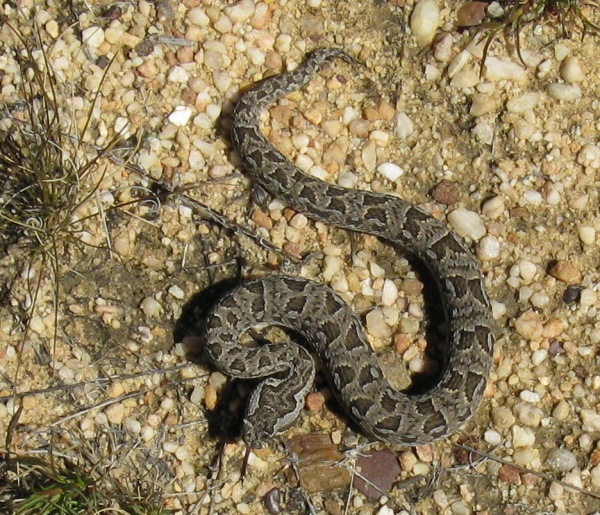Facts About Berg Adder
The berg adder, a small yet venomous viper, inhabits the mountainous regions of southern Africa. This species can be found in scattered populations across South Africa, Lesotho, Eswatini (formerly Swaziland), Zimbabwe, and Mozambique. Officially named *Bitis atropos*, the berg adder typically measures between 30 to 40 cm in length, although some females can grow up to 50 cm in the wild.
This snake favors cooler climates with ample rainfall and is frequently found in mountainous areas, rocky hills, and montane grasslands. Its venom is predominantly neurotoxic, affecting the nervous system but is less likely to cause tissue damage or infections. Despite its reputation for being feisty, the berg adder's venom is not potent enough to be fatal to an adult human with a single bite.
The berg adder primarily feeds on rock lizards, small amphibians, rodents, and young ground-nesting birds. While there have been no recorded human fatalities from its bite, the symptoms can be quite alarming. Victims may experience effects similar to alcohol intoxication, nerve damage, and long-term issues such as loss of smell or taste, drooping eyelids, and vision problems.
The snake's name, *atropos*, is derived from Greek mythology. It is commonly referred to as the berg adder, Cape mountain adder, or mountain adder. Its range extends from the Drakensberg escarpment to the Cape Peninsula, allowing it to adapt to the varying climates of these regions.
Even though its venom is neurotoxic, antivenom treatments have limited efficacy. Therefore, the best approach for someone bitten by a berg adder is to manage the symptoms effectively.

 South Africa
South Africa